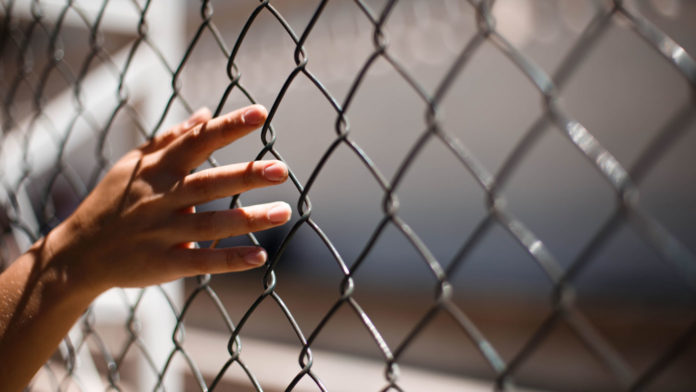As Canada grapples with deciding who will get the first COVID vaccines amidst limited supply, there is one group of people that many might overlook that advocates are saying should be near the front of the line.
“It’s important to know that as a group, people who are incarcerated have the most intersecting vulnerabilities of any others. Every marginalized group you can think of is going to be overrepresented in prisons — federal or provincial,” said Adelina Iftene, associate director of the Health Law Institute at Dalhousie University in a press release.
Indeed, prison inmates fit many of the criteria that are being used to decide the priority groups for COVID vaccination.
Like long-term care facilities, prisons are congregate living settings, where outbreaks are hard to control once an infection gets in. Moreover, they are often crowded places with poor ventilation, and prisoners may lack ready access to vital hygiene supplies like soap. Over 80 percent of cases associated with outbreaks in correctional facilities have been found in inmates. During the first wave of the pandemic, federal prisoners were 13 times more likely to catch COVID-19 than the general population.
The rate of infection has also increased rapidly with the second wave. Since Dec 1, there have been close to 2,000 cases among inmates and prison staff.
At the same time, prison inmates tend to be at higher risk of severe complications if they get infected. In part because of intersecting social determinants of health, the prison population has higher rates of many chronic conditions, including asthma, diabetes, cancer, HIV and Hepatitis C. We know these conditions are a risk factor. It may surprise many to learn that these rates are in the range of 10-45 percent higher in prisons than they are in the general population.
Not only that, but with recent increases in sentence length and higher rates of life sentences, the elderly are overrepresented in prisons. A quarter of the federal prison population is considered elderly, a fraction that is higher than in the general community.
“Prisons are hot spots for any kind of infection, and when you’re dealing with something new like this that spreads not just through bodily contact, it’s a recipe for disaster,” added Iftene.
As a society, we have an ethical obligation to the people living in our correctional facilities. We should not ignore the intersections between prison inmates and marginalized communities. People of colour and people living in poverty are overrepresented in our prisons.
Many Canadians are concerned about the pandemic’s outsized impact on marginalized neighbourhoods. They often include many essential workers living in large multi-generational households. Reducing harm in these neighbourhoods includes protecting prison inmates, many of whom will return to these same homes when they are released.
Presently, COVID vaccination in our federal prisons is only part of a small pilot project restricted to inmates who are either elderly or have other high-risk medical conditions.
By every measure that we are using as a society to select who should be vaccinated next, inmates and prison staff should be high on the list. Prison inmates are still people. The pandemic has highlighted many inequities in our society, and beyond vaccination, a broader discussion of living conditions, healthcare, and decarceration is warranted. For now, yielding vaccine priority is an immediate policy decision that will make a difference.






































